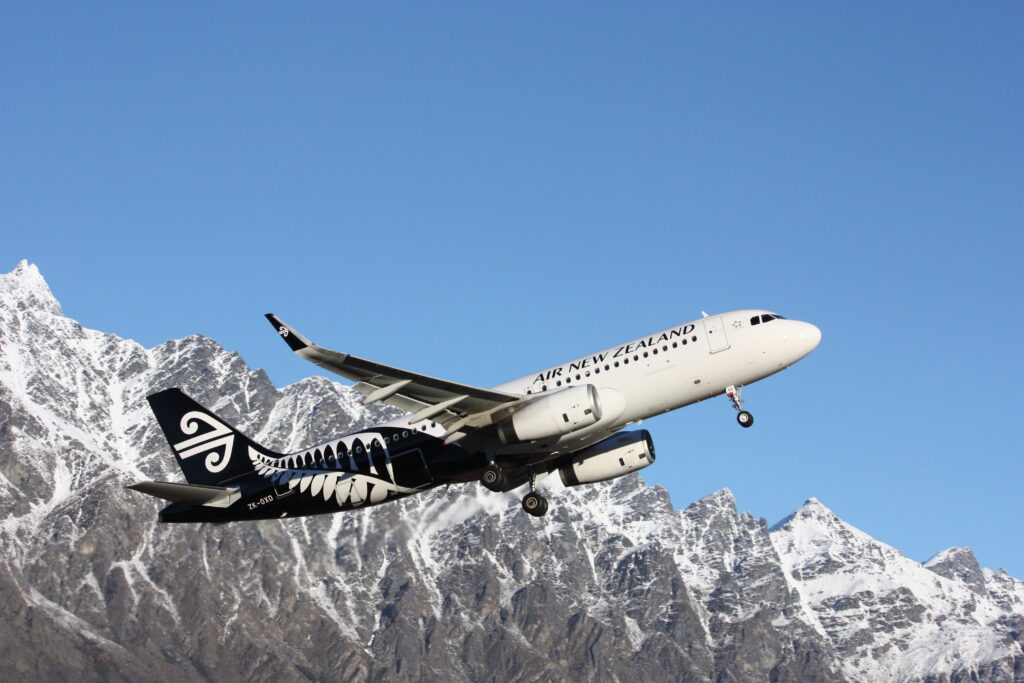Air New Zealand airlifts NASA mission

In a world-first, Air New Zealand flight NZ8844 took off this morning from Christchurch to Nelson carrying a NASA next-generation satellite receiver. Air New Zealand’s daily operations are now helping to enable new research into climate change, with a ground-breaking approach to collecting data for the global scientific community. Using direct and reflected GPS and Galileo signals, the Global Navigation Satellite System (GNSS) receiver will collect unique environmental data to better predict storms and enable new climate change research. Air New Zealand is the first passenger airline in the world to join a NASA earth mission, working together since 2020 on the design, installation and certification of the receiver onboard one of its Q300 aircraft.
Air New Zealand chief operational integrity and safety officer Captain David Morgan says climate change is a shared challenge and the airline does not shy away from its responsibilities to address it. “With a network stretching from Kerikeri to Invercargill and flying at an altitude of around 16,000 feet, the Q300 was the perfect aircraft to pilot this mission.”
“Flying much closer to the land and sea than NASA’s satellites, our aircraft can collect a daily feed of high-resolution, high-quality data, with significant potential for the science community.”
The University of Auckland has established a Science Payload Operations Centre to receive and process the data in what could become New Zealand’s largest source of environmental data. Project lead, professor Delwyn Moller, says the collaboration will put Kiwi scientists at the forefront of this emerging field.
“The data produced by this collaboration will be made publicly available, opening up a range of research possibilities, with many potential uses – from flood risk management to agriculture and resource planning. “Air New Zealand’s commitment to the project’s success will hopefully inspire other airlines around the world to use their own aircraft for the benefit of science.”
The data collected in flight will also feed into NASA’s Cyclone Global Navigation Satellite System (CYGNSS). Dr Will McCarty, NASA’s CYGNSS Program Scientist in the agency’s Earth Science Division, says the data from Air New Zealand flights will extend the CYGNSS mission to monitor environmental changes over land. “CYGNSS bounces GPS signals off the ocean to measure wind speeds to help predict hurricanes and cyclones. Over land, the technology can determine soil moisture levels, so it can also monitor climate change indicators such as drought, flooding and coastline erosion.
“The receiver that Air New Zealand is flying has advanced capabilities with the potential to be used for future space bound missions, so we’re excited to test these out.”
The project to fly a next-generation GNSS-R receiver on Air New Zealand’s aircraft to advance earth observation has been gifted the name Rongowai, combining the Māori words rongo (to sense) and wai (water).


Comments are closed.